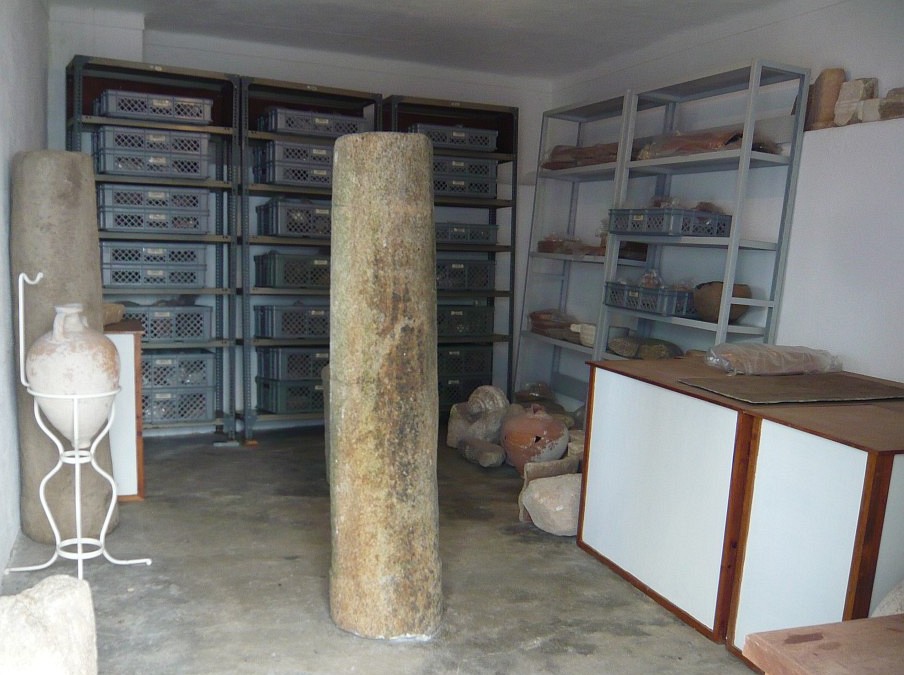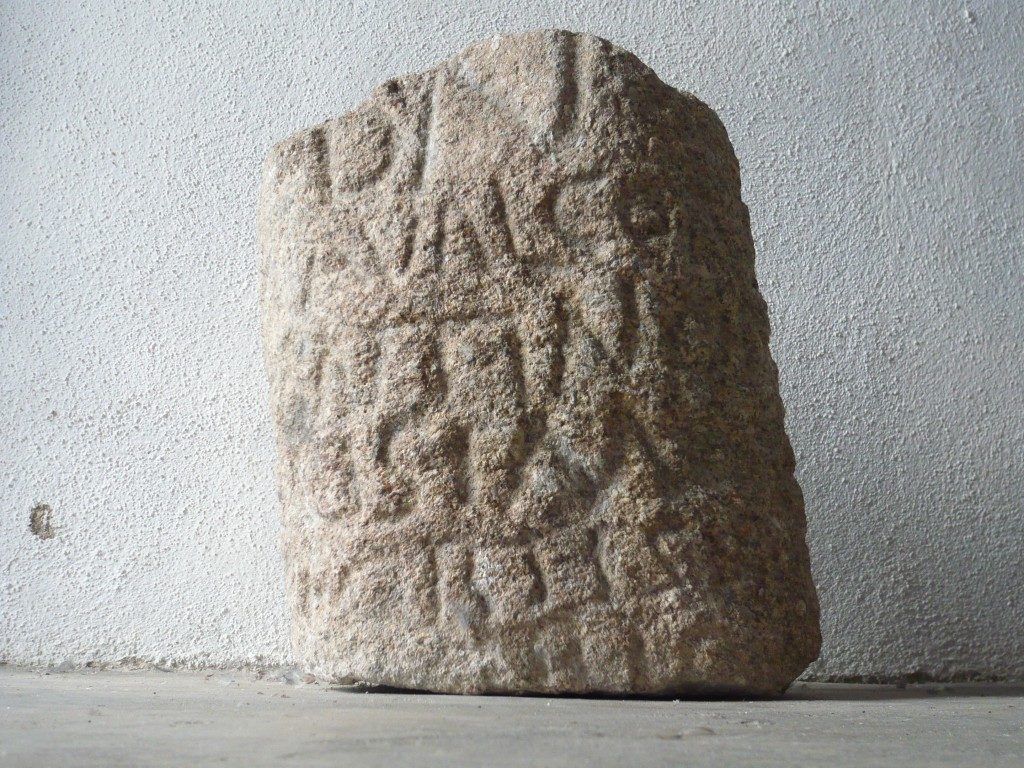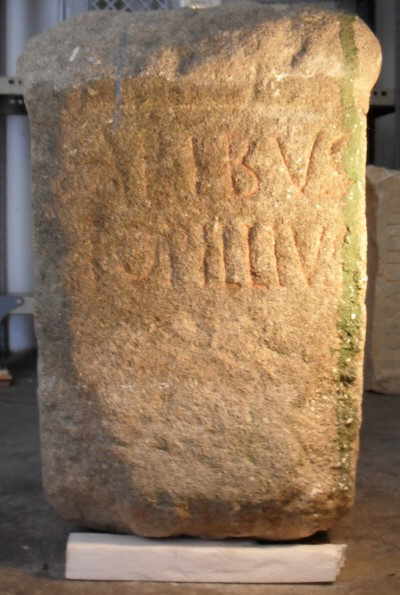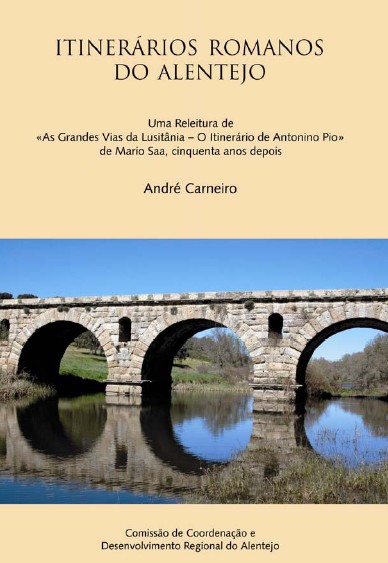(Originally published on November 8, 2011)

«Ns. dos Prazeres» 
«Lagoa Grande» 
Altar to the Lares Viales
Last August I visited the «Paes Teles Archive» Foundation in the village of Ervedal (Avis), installed in the house Mário Saa, that displays the collection of Roman materials collected by this researcher. The highlights of the collection are the altar inscription (ara) dedicated to the «Lares Viales» (road deities) found by Saa in a site called «Monte das Esquilas» (Monforte), photo on the right, and two milestones, one dedicated to Emperor Constantine the Great found in «Casal da Pocariça» (Lagoa Grande, Bemposta, Abrantes), on the middle; the other is dedicated to Emperor Tacitus found next to the Chapel of Our Lady of Prazeres (Vale de Açor, Ponte de Sor), in the left picture. This meritorious foundation still preserves its interesting library and even publishes with some regularity a magazine about culture and heritage called “Vialibus” . A unique case in Portugal that is worth visiting. Coordinates: 39.043472, -7.813889
